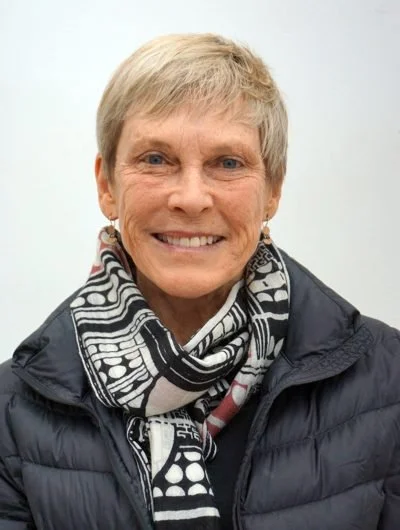Deborah Butterfield (American, b. 1949)
Available Works
Deborah Butterfield (American, b. 1949) is an American sculptor best known for her depictions of horses made from found objects and recycled materials. Butterfield was born on May 7th, 1949 in San Diego, California, the same day as the 75th Kentucky Derby, a connection which she cites as being an influence on her choice of subject matter. She attended the University of California, Davis, earning her BA in 1971 and her MFA in 1973. While there, she studied under Manuel Neri, a renowned figurative sculptor. She has stated that while she originally wanted to depict the female form in her work, Neri’s mastery of the subject discouraged her from pursuing it. From the mid 1970s to the 1980s, Butterfield taught sculpture at the University of Wisconsin-Madison and at Montana State University - Bozeman.
Butterfield began making the horse sculptures for which she is best known in the late 1970s, originally using wood and recycled metal. In 1979, she began to focus more on scrap metal and began casting horse sculptures made from sticks in bronze. Her use of reclaimed material was meant to suggest that the horses are both figures and ground, merging the external world with the subject.
Most of her early sculptures were depictions of mares, a choice made to oppose the traditional depiction of stallions and war horses. As a graduate student, Butterfield protested against the Vietnam War, knocking on doors and campaigning for political candidates, but found it draining and disheartening. By choosing to depict mares and foals instead of stallions, her earliest horse sculptures were in part a response to her political environment. Where horses were typically depicted as instruments of death or as weapons, Butterfield chose to sculpt a mare expecting a foal, exploring themes of life and procreation. This choice was also influenced by the rise of Second Wave Feminism, which was a part of the political zeitgeist in the 1970s and 1980s. Butterfield originally conceived of these sculptures as metaphorical self-portraits, with the mares depicted in plaster and bronze representing life and goodness. However, her later exploration of the use of mud and sticks represented her evolving political and personal conscience. Butterfield spoke of this shift as having a darker perception of herself, as having more in common with the war horse than she would have previously liked to believe.
Butterfield’s work has been exhibited in the Whitney Museum of American Art, New York, the Neuberger Museum of Art, the Israeli Museum of Art in Tel Aviv, and the Arken Museum of Modern Art in Ishoj, among others. She is represented by Marlborough Gallery, New York; Anglim Gilbert Gallery, San Francisco; Greg Kucera Gallery, Seattle, Washington; LA Louver, Los Angeles, CA; and Zolla/Lieberman Gallery, Chicago, Illinois. She has received numerous awards, including a National Endowment for the Arts Individual Artist Fellowship and a Guggenheim Memorial Fellowship. Butterfield now lives and works in Hawaii and Montana.

